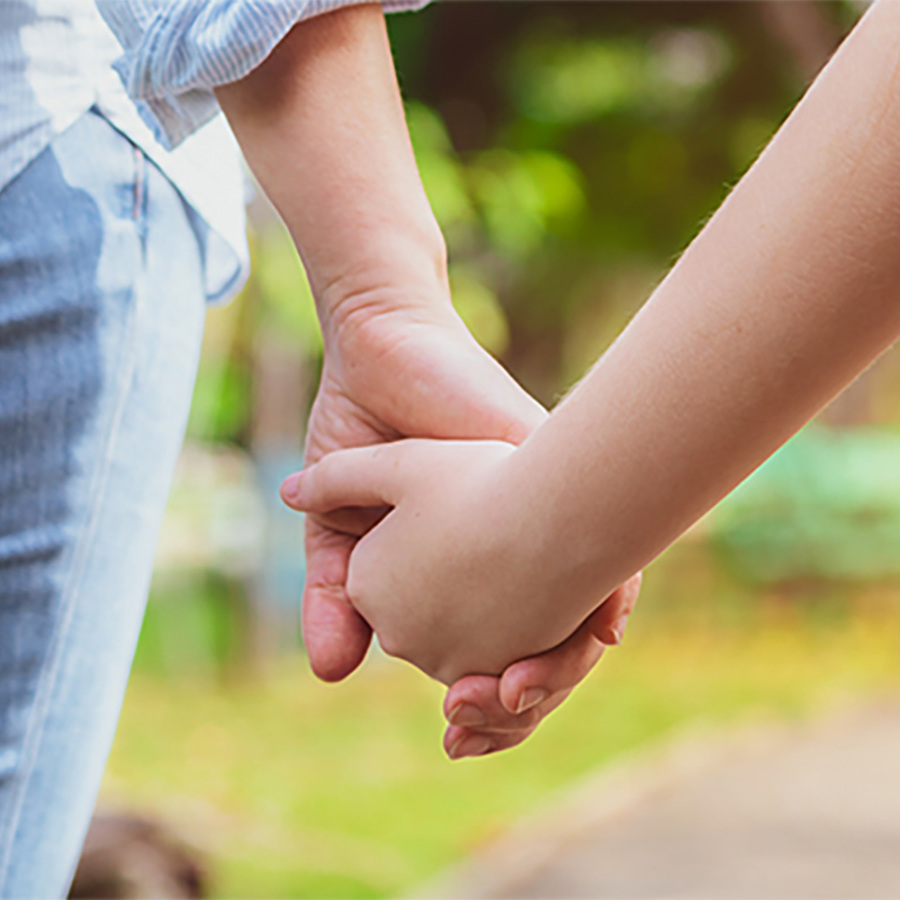
Do second cousins have a high risk of having a child with a disability?
March 11, 2015

- Related Topics:
- Complicated family trees,
- Autosomal recessive inheritance,
- Carrier,
- Relatedness,
- Intermarriage
An elementary school teacher from Malta asks:
“I am married to my second cousin meaning that my mother and his father are first cousins. Are there any high chances for a disability if we have kids?”
Most likely not. In most cases second cousins are far enough apart that there is only a little increased risk.
Of course this doesn't mean there is no risk. Everyone who has children has the risk of having a child with a disability.
The chance that a baby is born with a birth defect or disability is between 2-3%. So, if a hundred people have babies, we would expect that 2 or 3 to be born with some sort of problem. Which of course means that 97 or 98 are fine.
At 3.5%, the risk is slightly higher for second cousins. Still, 96 or 97 out of a hundred babies are born without any major problems.What this all means is that while there is increased risk, it doesn't really qualify as a "high chance." Even first cousins at 5% aren't that big of a risk.
Keep in mind though that these are average numbers. Like people who are not related, your actual risk depends on the genes you and your spouse have.
If you are concerned about your risk for having a child with a disability, you should see a genetic counselor in your area. Genetic counselors are trained experts in understanding people’s genes. Click here for how to find one in your area.
What I thought I would do for the rest of the answer is talk about why the risk goes up the more closely related the two parents are. As you’ll see, it has to do with something called “recessive” gene versions (or alleles). And the fact that close relatives are more likely to share them.
Genes are Inherited from Your Parent
Our DNA has the instructions to make us who we are. A lot of these instructions come in the form of genes. Each gene has the instructions for one small part of us.
Our genes can tell us what color eyes to have, what color hair to have or even how tall to be. They are a big part of what makes each of us unique!
We have two copies of most every gene in our body and we inherit these genes from our parents. In fact, we actually get one copy of most of our genes from our mom and one copy from our dad. This is why we tend to look like both of our parents.
As I mentioned before, genes are important for making each of us who we are. Typically, we need most of our genes to be working in our body for us to be healthy.
Sometimes though our genes can be changed so that they don’t work well anymore. When this happens, there can be problems.
For example, changes in the CFTR gene can cause cystic fibrosis (CF) in people. Without the CFTR gene working, extra fluid can fill up in people’s lungs and cause breathing issues, coughing and lung infections. Even with improvements, as of 2006 the median age of survival for people with CF is 37.5 years.
Because we have two copies of each gene, many disabilities are only caused when both copies of a gene changed. CF is an example of one of these.
This means that both your mom and dad each need to pass down a changed gene. When both gene changes need to be passed down to you from your parents to have an effect, scientists call this “recessive inheritance.”
In these cases, people who have just one copy that isn’t working don’t usually have any symptoms. The other copy can pick up the slack so these “carriers” are usually fine.
Each child of two carriers has a 25% chance of ending up with a disability. This is because each person carries a gene change and has a 50% chance of passing down this change to their child. If a child inherits a change from both parents, that child will have the disability.
It is pretty rare to be a carrier for a disability and it is even more rare to have a child with somebody who is also a carrier. This is why most of the time, carriers have perfectly healthy children! It is rare for two carriers to meet.
Still it does happen of course. And the chances of it happening become more likely the more closely related the parents are. This is because they may have inherited the same gene change from their shared ancestors.
Relatives Share Genes
As I said above, genes are passed down to you from your parents. And your parents got their genes from their parents (your grandparents) and so on.
Because genes are passed down from person to person, everyone in a family shares some percentage of their genes with everyone else in their family. That is why you are linked to everybody in your family tree!
Some members of a family are more closely related than others. For example, you share more of your genes with your brother and sister than you do with your uncle or aunt. That’s why you usually (but not always) look more like your brother or sister or parents than other people in your family.
As I said, brothers and sisters are very closely related. In fact, they share about 50% of their genes. The same is true for parents and children. First and second cousins share fewer genes. First cousins only share about 12.5% of their genes and second cousins only 3.1%.
No matter how related two family members are, they all share some genes in common. Which means they are also more likely to share any gene versions that can lead to disabilities.
This is why close family members are more likely to have a child with disabilities. They are more likely to share the same “problem” genes and so more likely to each pass them down to their children.
But in the case of cousins this risk is only slightly higher than the risk of strangers having a child with a disability. Remember, all people have a 2-3% chance of having a child with a disability.
First cousins only have a risk of 4-6% of having a child with a disability. This means that 94-96% of the time they have a healthy child.
The risk for second cousins to have a child with a disability is even lower. Their risk is just a bit higher than the 3% risk that all unrelated couples have. So, for every 100 second cousins who have kids, 96-97 children are perfectly healthy.
The bottom line is that there is little to no increased risk for a child to be born with a disability to a couple that is related like first or second cousins.

Author: Rebecca Luiten
When this answer was published in 2015, Rebecca was a student in the Stanford MS Program in Human Genetics and Genetic Counseling. She wrote this answer while participating in the Stanford at The Tech program.
 Skip Navigation
Skip Navigation
